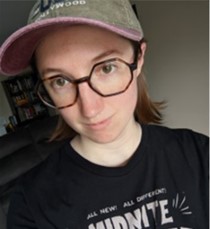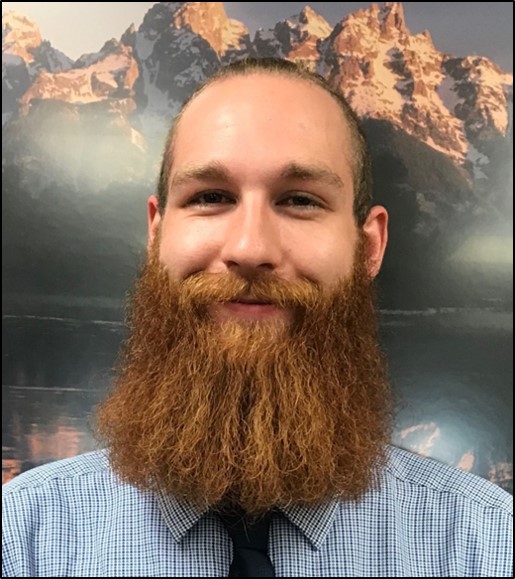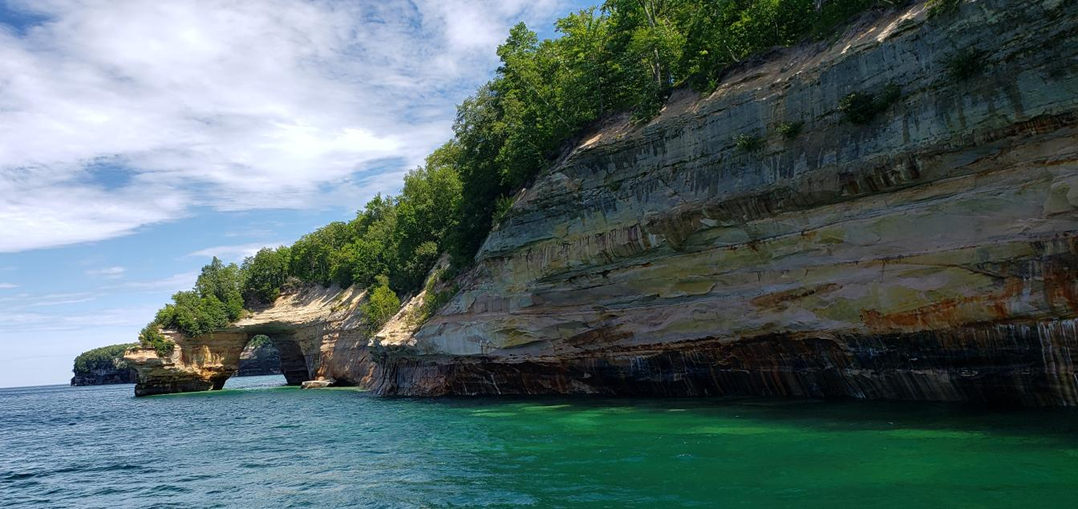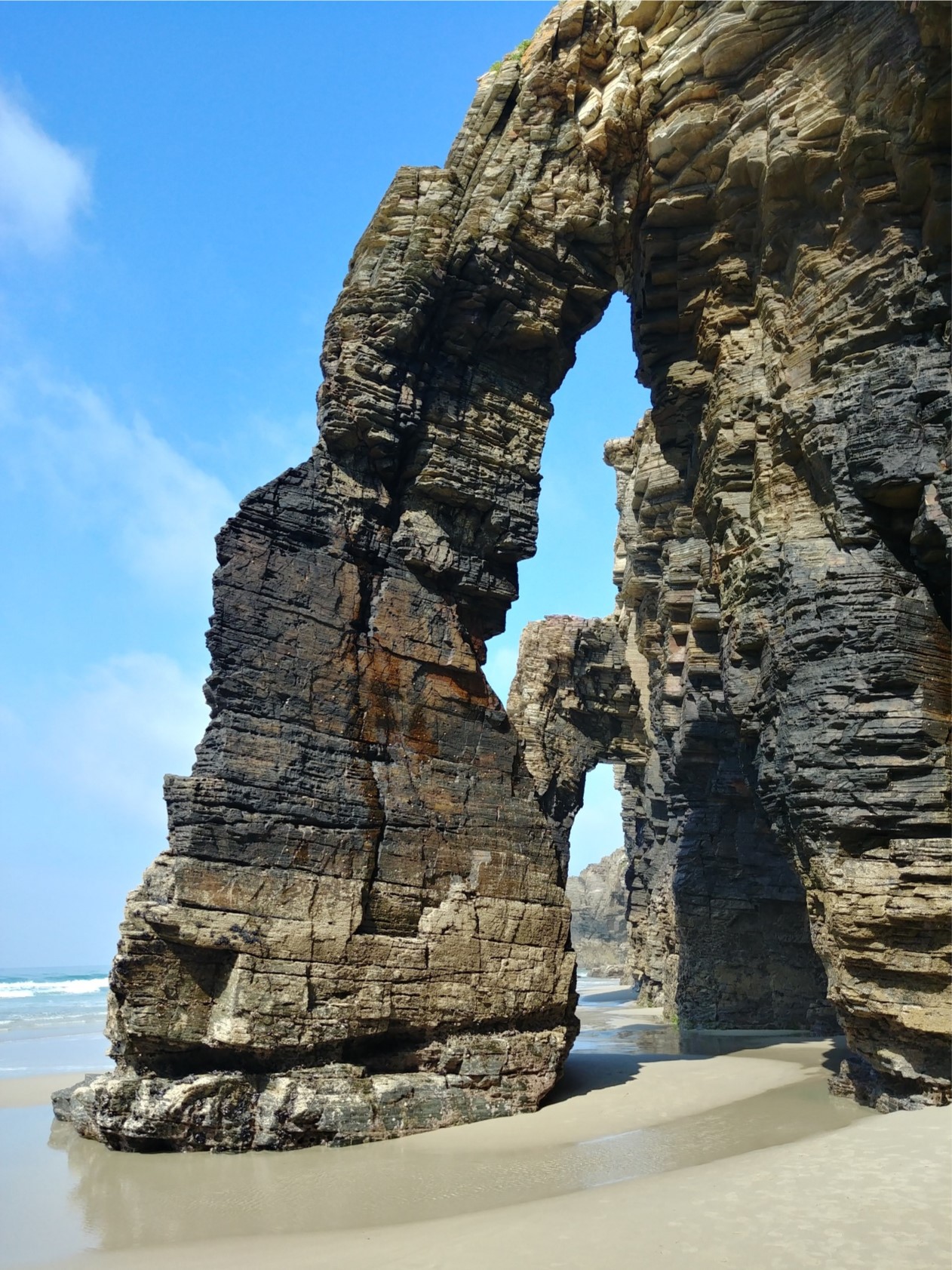Featured Students and Alumni
Alyssa Reinhardt awarded Ohio Space Grant Masters Fellowship
Congratulations to graduate student Alyssa Reinhardt for her recently announced Ohio Space Grant award which provides her with a research stipend fall semester of 2022. Her funded research is to examine how seasonal changes in water availability can affect some soil processes such as soil respiration and weathering of sulfide minerals. Alyssa will combine local measurements of soil gas composition and soil physical properties with remote sensing data to predict and understand how weathering rates can change seasonally across a landscape. Nice job Alyssa and all the best on the research project!
semester of 2022. Her funded research is to examine how seasonal changes in water availability can affect some soil processes such as soil respiration and weathering of sulfide minerals. Alyssa will combine local measurements of soil gas composition and soil physical properties with remote sensing data to predict and understand how weathering rates can change seasonally across a landscape. Nice job Alyssa and all the best on the research project!
Kyle Smart, PhD Applied Geology student, receives International Travel Award
 Kyle Smart has received the Graduate Student Senate International Travel Award for his upcoming participation in this summer's 18th International Symposium on Microbial Ecology to be held in August 2022 in Lausanne, Switzerland. Kyle's strong proposal and impressive letter of recommendation solidified his success in being chosen for this award.
Kyle Smart has received the Graduate Student Senate International Travel Award for his upcoming participation in this summer's 18th International Symposium on Microbial Ecology to be held in August 2022 in Lausanne, Switzerland. Kyle's strong proposal and impressive letter of recommendation solidified his success in being chosen for this award.
Max Barczok, 4th year PhD Applied Geology candidate awarded a University Fellowship

Max was awarded a Pathfinder Fellowship ($5k) from the Consortium for the Advancement of Hydrologic Science, Inc. (CUAHSI) to support his dissertation work in Abisko, Sweden last summer. As part of this field work, Max helped organize and participate in an international collaboration to study the effects of a warming climate on soil chemistry and biology in the Arctic Region. His work there will provide important insights into how changes in temperatures can affect carbon dynamics in regions that are at the front line of climate change.
He has also received a student research grant ($2.5k) from the Geological Society of America and was also granted the Alexander Sisson Research Award ($1260) in recognition of the high merit of his research proposal.
Additionally, Max was lead PI on a proposal to the Advanced Photon Source (APS) at Argonne National Lab. Max also recently participated in related experiments at the Canadian LightSource (CLS) in Saskatoon, Saskatchewan. The APS and CLS are federally supported laboratories, and access is free and determined by merit-based proposals. These facilities produce incredibly bright X-rays and can be applied across all scientific disciplines.
The techniques used there include X-ray scattering, spectroscopy, and imaging methods, and can obtain molecular-scale information related to the structure and chemical composition of materials. Experimental time at these facilities yields cutting-edge information that cannot be obtained at even the most high-tech university laboratory using standard bench-top techniques. Max’s lead role in these experiments is a very rare experience for most Ph.D. students in STEM fields. The summation of these activities puts Max in a rare company among his peers and has put him on a path towards significant academic success.

Mammoth Lakes, California, Athena Vohs, 2023 Student Photo Contest Winner

North Slope, Borough, Alaska, Laney Harner, 2022 Student Photo Contest Winner

Seneca Rocks, WV, Nathan Rohrbaugh, 2021 Student Photo Contest Winner

Pictured Rocks, MI, Christopher Greising, 2020 Student Photo Contest Winner

Bryce Canyon, Utah, Zack Loffer, 2019 Student Photo Contest Winner

Cathedral Beach, Spain, Amy Cox, 2018 Geology Student Photo Contest Winner

Perito Moreno Glacier, Southern Patagonia, Evin Maguire, 2017 Geology Student Photo Contest Winner

Mt. Fuji, Japan, Kyle Tobias, 2016 Geology Student Photo Contest Winner

